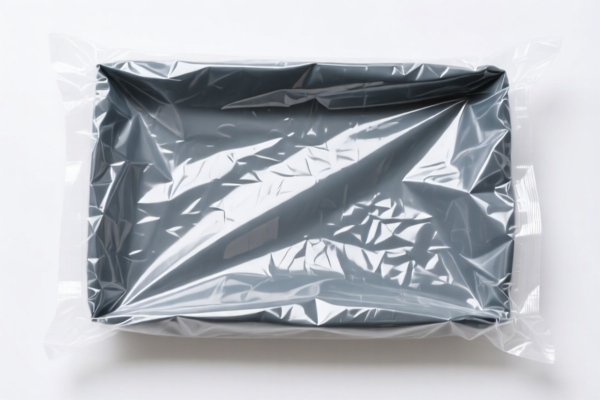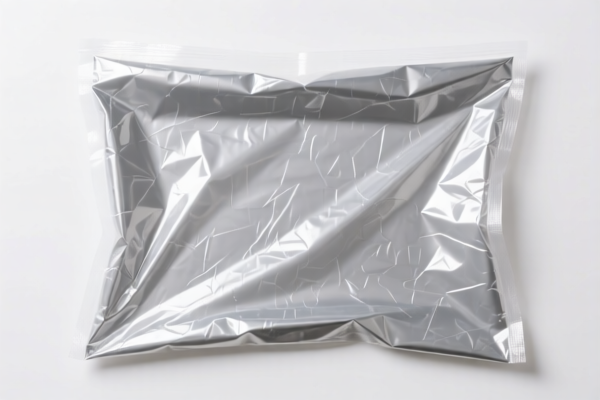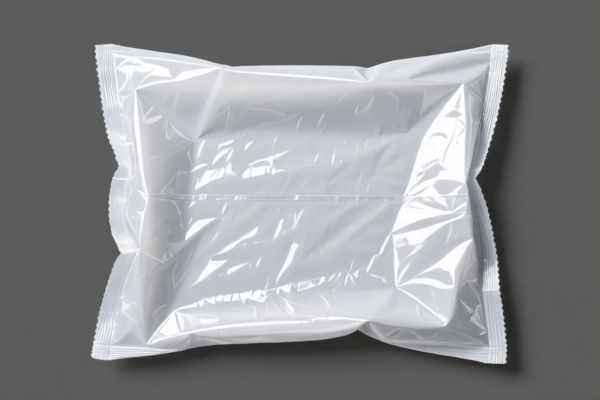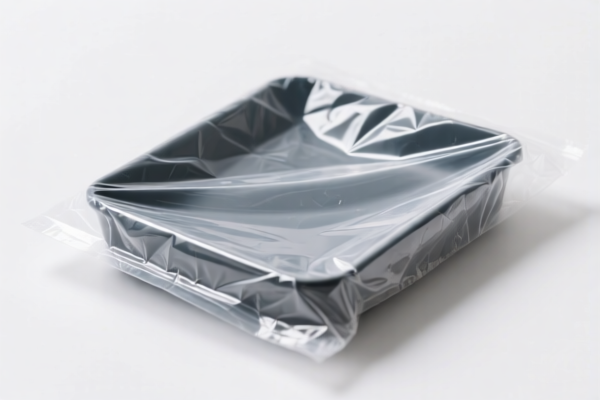| HS Code | Official Doc | Tariff Rate | Origin | Destination | Effective Date |
|---|---|---|---|---|---|
| 5901101000 | Doc | 62.0% | CN | US | 2025-05-12 |
| 5901102000 | Doc | 59.1% | CN | US | 2025-05-12 |
| 5903903090 | Doc | 57.7% | CN | US | 2025-05-12 |
| 5903902500 | Doc | 62.5% | CN | US | 2025-05-12 |
| 5902900000 | Doc | 55.0% | CN | US | 2025-05-12 |
| 6113009074 | Doc | 44.6% | CN | US | 2025-05-12 |
| 6113009084 | Doc | 44.6% | CN | US | 2025-05-12 |
| 5602290000 | Doc | 61.3% | CN | US | 2025-05-12 |
| 5602909000 | Doc | 52.9¢/kg + 8%+55.0% | CN | US | 2025-05-12 |
| 4601294000 | Doc | 58.3% | CN | US | 2025-05-12 |
| 4601296000 | Doc | 59.8% | CN | US | 2025-05-12 |
| 4602190500 | Doc | 60.0% | CN | US | 2025-05-12 |
| 4602196000 | Doc | 55.0% | CN | US | 2025-05-12 |
| 1213000000 | Doc | 55.0% | CN | US | 2025-05-12 |
| 1404904000 | Doc | 57.3% | CN | US | 2025-05-12 |
| 1404909090 | Doc | 55.0% | CN | US | 2025-05-12 |




Straw Cover
A straw cover, also known as a mulch straw, is an agricultural material used to cover the soil surface. It is typically composed of dry, loose straw, most commonly wheat, barley, oat, or rice straw, though other types of straw and even hay can be used.
Material:
- Straw: The primary component, consisting of the dried stalks of cereal grains after the grain has been harvested. It is a byproduct of grain production.
- Hay: While similar, hay is a product of grasses and legumes cut before seed head development and dried, and is richer in nutrients than straw. Hay is sometimes used as a cover, but is often preferred as animal feed.
- Other: Decomposed straw, shredded cardboard, wood chips, or similar organic materials can be mixed with or used as alternatives to straw.
Purpose:
- Weed Suppression: A primary benefit. The layer physically blocks sunlight, inhibiting weed germination and growth.
- Moisture Retention: Reduces evaporation from the soil surface, conserving water and reducing the need for irrigation.
- Temperature Regulation: Insulates the soil, protecting roots from extreme temperature fluctuations. Provides warmth in winter and coolness in summer.
- Erosion Control: Protects soil from wind and water erosion.
- Soil Enrichment: As it decomposes, straw adds organic matter to the soil, improving soil structure and fertility.
- Fruit Protection: Used around fruits like strawberries to prevent direct contact with the soil, reducing rot and pest damage.
Function:
Straw cover functions as a protective layer over the soil, creating a microclimate that benefits plant growth. The decomposition process releases nutrients slowly, acting as a slow-release fertilizer. It provides a habitat for beneficial organisms like earthworms, further enhancing soil health.
Usage Scenarios:
- Gardening: Commonly used in vegetable gardens, flower beds, and around individual plants.
- Agriculture: Applied to fields after harvest to improve soil health and prepare for the next planting season. Used in orchards and vineyards.
- Landscaping: Used for aesthetic purposes and to suppress weeds in landscaping projects.
- Erosion Control: Applied to slopes and disturbed areas to prevent soil loss.
- Strawberry Production: A very common application to keep fruits clean and prevent rot.
Common Types/Forms:
- Loose Straw: The most common form, typically baled and spread manually or with machinery.
- Chopped Straw: Straw that has been shredded or chopped into smaller pieces for easier application and faster decomposition.
- Straw Bales: Large, compressed bales of straw, often used for more substantial mulching or for creating raised beds.
- Straw Mats: Pre-formed mats of straw, convenient for smaller areas.
- Composted Straw: Straw that has been partially decomposed, offering a richer source of nutrients.
Straw cover, based on the provided information, can be classified under several HS codes depending on its specific composition and use. Here's a breakdown of potential classifications:
- 1213000000: Cereal straw and husks, unprepared, whether or not chopped, ground, pressed or in the form of pellets. This code applies if the straw cover is in its raw or minimally processed state. The basic tariff is 0.0%, with an additional tariff of 25.0%, increasing to 30.0% after April 2, 2025, resulting in a total tariff of 55.0%.
- 4601294000: Mats, matting and screens of vegetable materials: Other: Woven or partly assembled: Of willow. If the straw cover is woven or partly assembled and made of willow, this code is applicable. The basic tariff is 3.3%, with an additional tariff of 25.0%, increasing to 30.0% after April 2, 2025, resulting in a total tariff of 58.3%.
- 4601296000: Mats, matting and screens of vegetable materials: Other: Woven or partly assembled: Other. If the straw cover is woven or partly assembled but not made of willow, this code applies. The basic tariff is 4.8%, with an additional tariff of 25.0%, increasing to 30.0% after April 2, 2025, resulting in a total tariff of 59.8%.
- 1404904000: Vegetable products not elsewhere specified or included: Other: Other. This code could apply if the straw cover doesn't fall into other specific categories and is considered a general vegetable product. The basic tariff is 2.3%, with an additional tariff of 25.0%, increasing to 30.0% after April 2, 2025, resulting in a total tariff of 57.3%.
- 1404909090: Vegetable products not elsewhere specified or included: Other: Other Other. This code could apply if the straw cover doesn't fall into other specific categories and is considered a general vegetable product. The basic tariff is 0.0%, with an additional tariff of 25.0%, increasing to 30.0% after April 2, 2025, resulting in a total tariff of 55.0%.
According to the provided reference material, the HS code options related to 'straw cover' are limited, with only the following 5 found.
It is important to determine the exact composition and manufacturing process of the straw cover to select the most appropriate HS code.
Customer Reviews
No reviews yet.